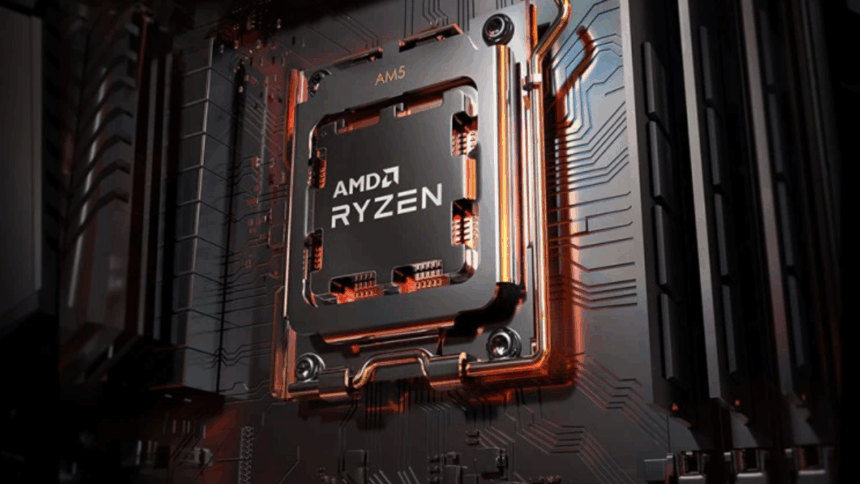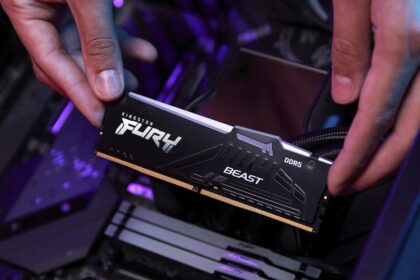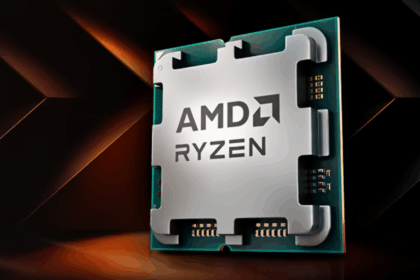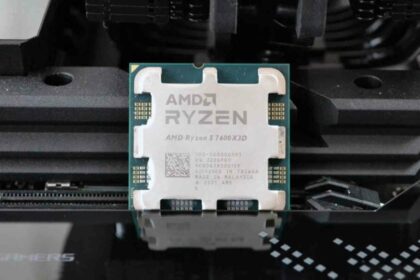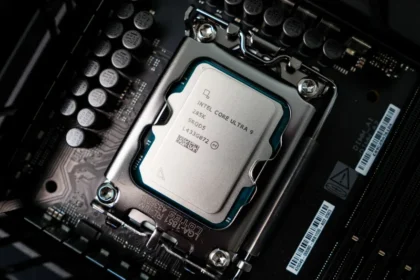If you’re using Windows 10 with an AMD Ryzen X3D processor, you might want to check your system settings — Microsoft appears to have quietly removed a key feature that could impact your CPU’s gaming performance.
According to a report by PC Games Hardware (PCGH), the Xbox Game Bar on some Windows 10 systems no longer includes a performance-related option that’s particularly useful for Ryzen X3D chips. This issue seems to mainly affect Windows 10 Pro and Enterprise editions, while the Home edition remains unaffected for now.
The feature reportedly goes missing after a clean installation of Windows 10 — which is especially concerning given that support for the OS is ending in October 2025. Users reinstalling Windows 10 ahead of the cutoff might find that the Game Bar no longer offers access to performance tuning options previously available, particularly those useful for optimizing Ryzen X3D’s unique 3D V-Cache architecture.
So far, Microsoft hasn’t officially addressed the change or explained why the feature is missing. Until then, Ryzen X3D users may want to consider upgrading to Windows 11 or looking into third-party tuning tools to manage performance settings manually.
Xbox Gamer Bar and the Ryzen X3D
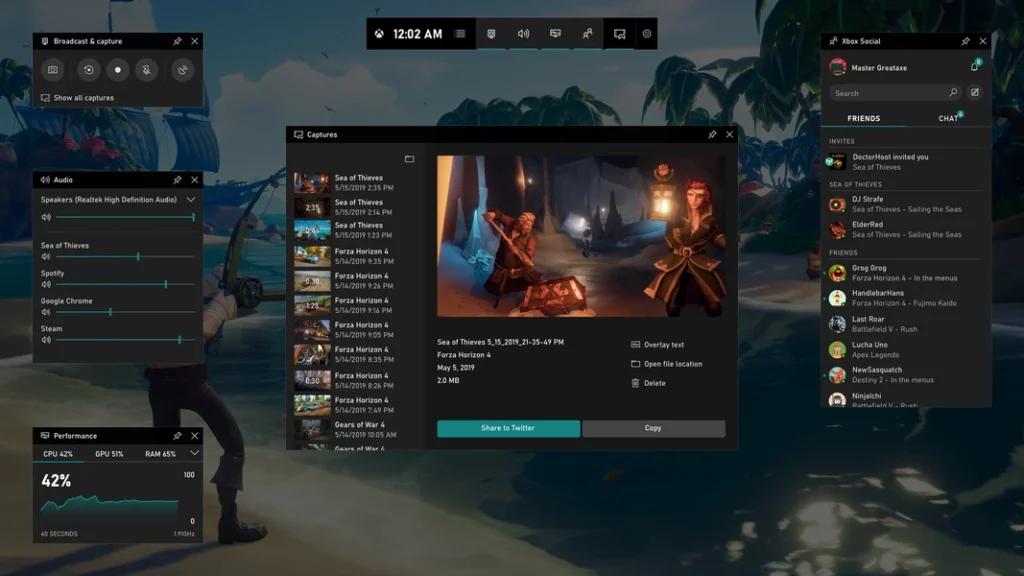
AMD’s Ryzen CPUs with 3D V-Cache made their debut with the Ryzen 7 5800X3D, a unique processor built with a single CCD (Core Compute Die) fully stacked with cache. Later models for the AM5 socket introduced configurations with dual CCDs, where only one die includes the stacked cache — a design that benefits gaming performance but requires smarter resource management.
To handle this more efficiently, Windows had previously integrated support through a performance optimization driver and the Xbox Game Bar. A simple checkbox within the Game Bar allowed the system to recognize when an app was a game, triggering optimizations specifically tuned for the Ryzen X3D architecture.
However, it now appears that this useful feature has been silently removed from Windows 10, as confirmed by Neowin. The option is absent even after a clean install, and the change doesn’t seem limited to just the Ryzen X3D line — the issue was also observed with systems running Ryzen 7 5700G, an APU without 3D V-Cache.
To add to the mystery, Microsoft has also taken down the official support page that documented this functionality. The removal suggests a deliberate system-level change, though the company has not made any public comment so far.
This change could impact users looking to get the most out of AMD’s 3D V-Cache technology on Windows 10, especially as the OS nears its end of support in October 2025. Gamers and power users may want to monitor this development closely or consider upgrading to Windows 11, where support for these performance features is more likely to be maintained.

